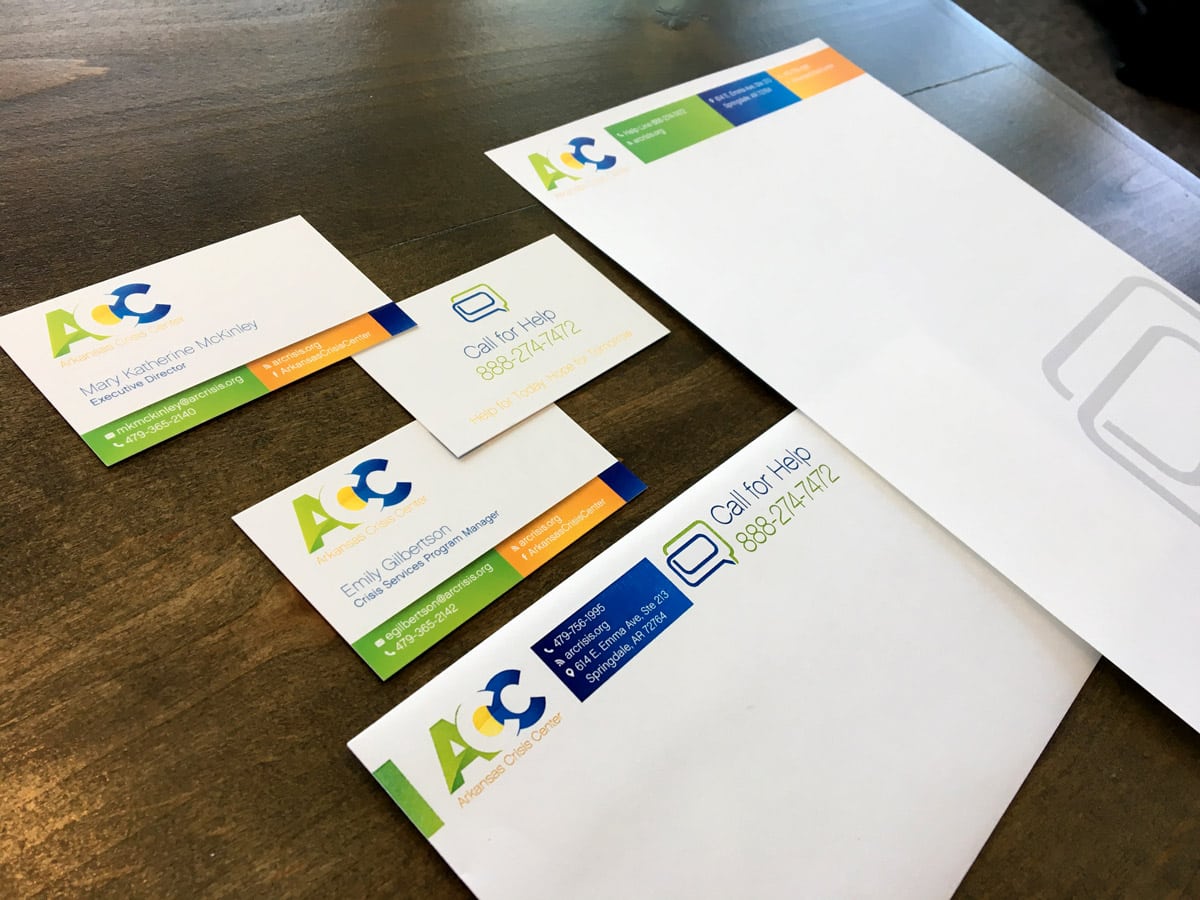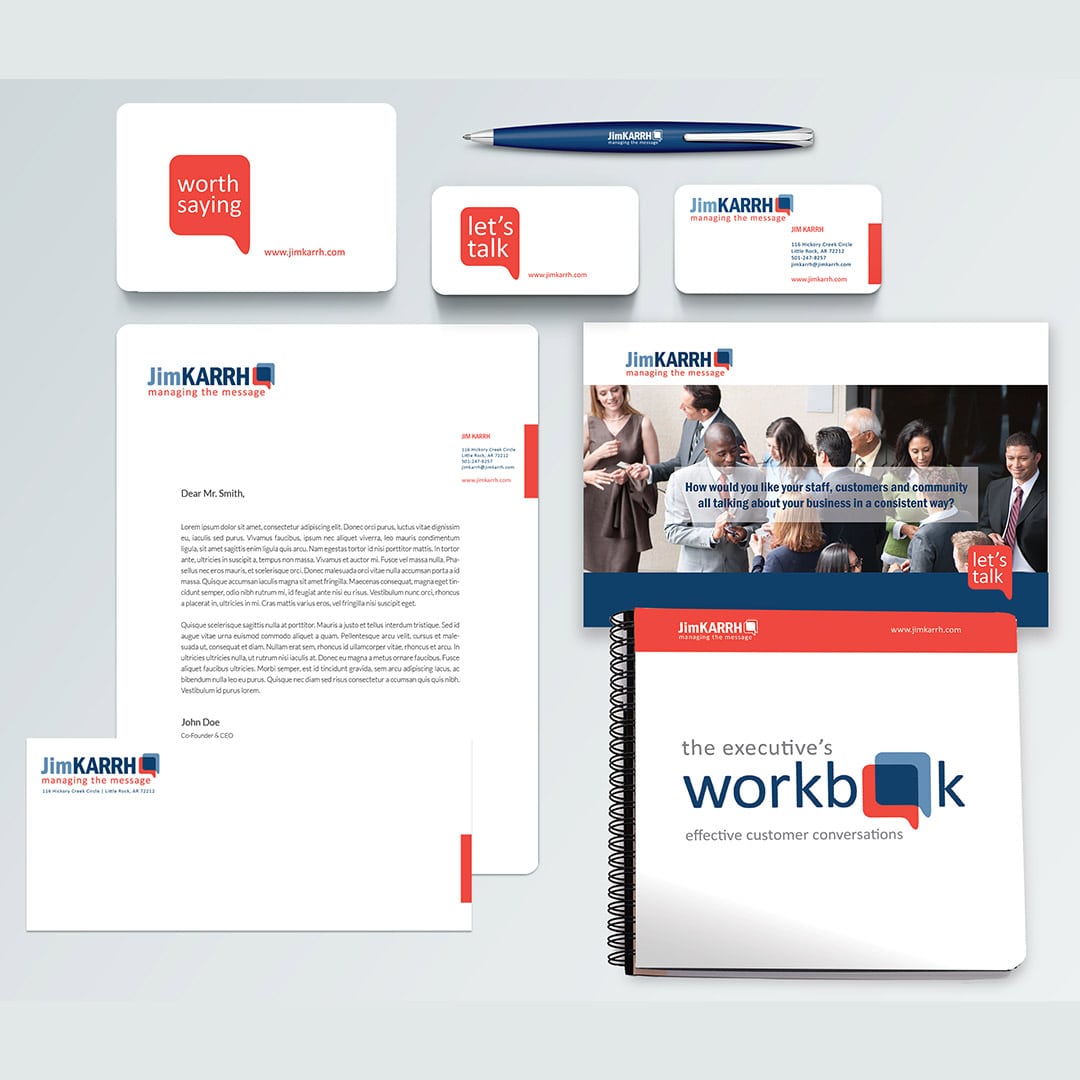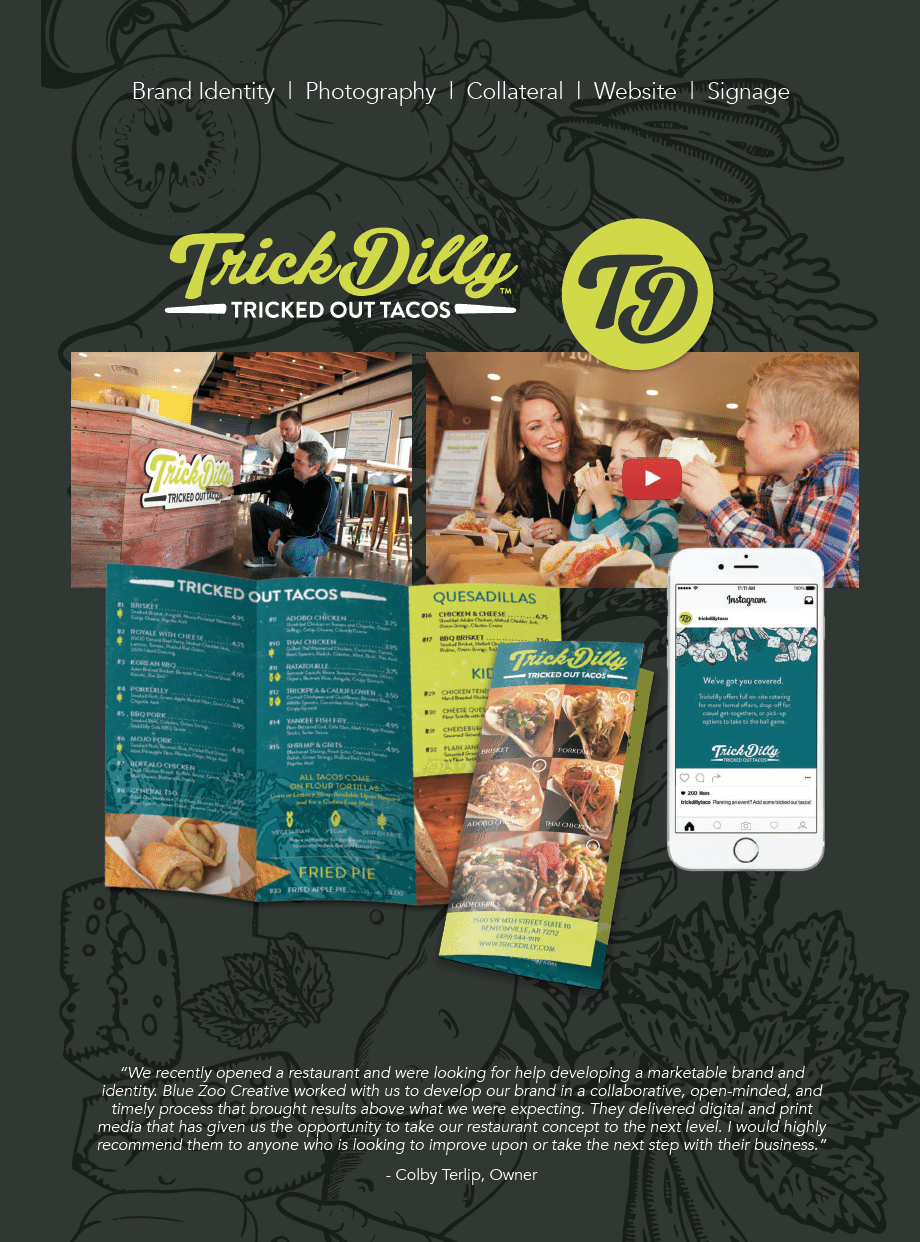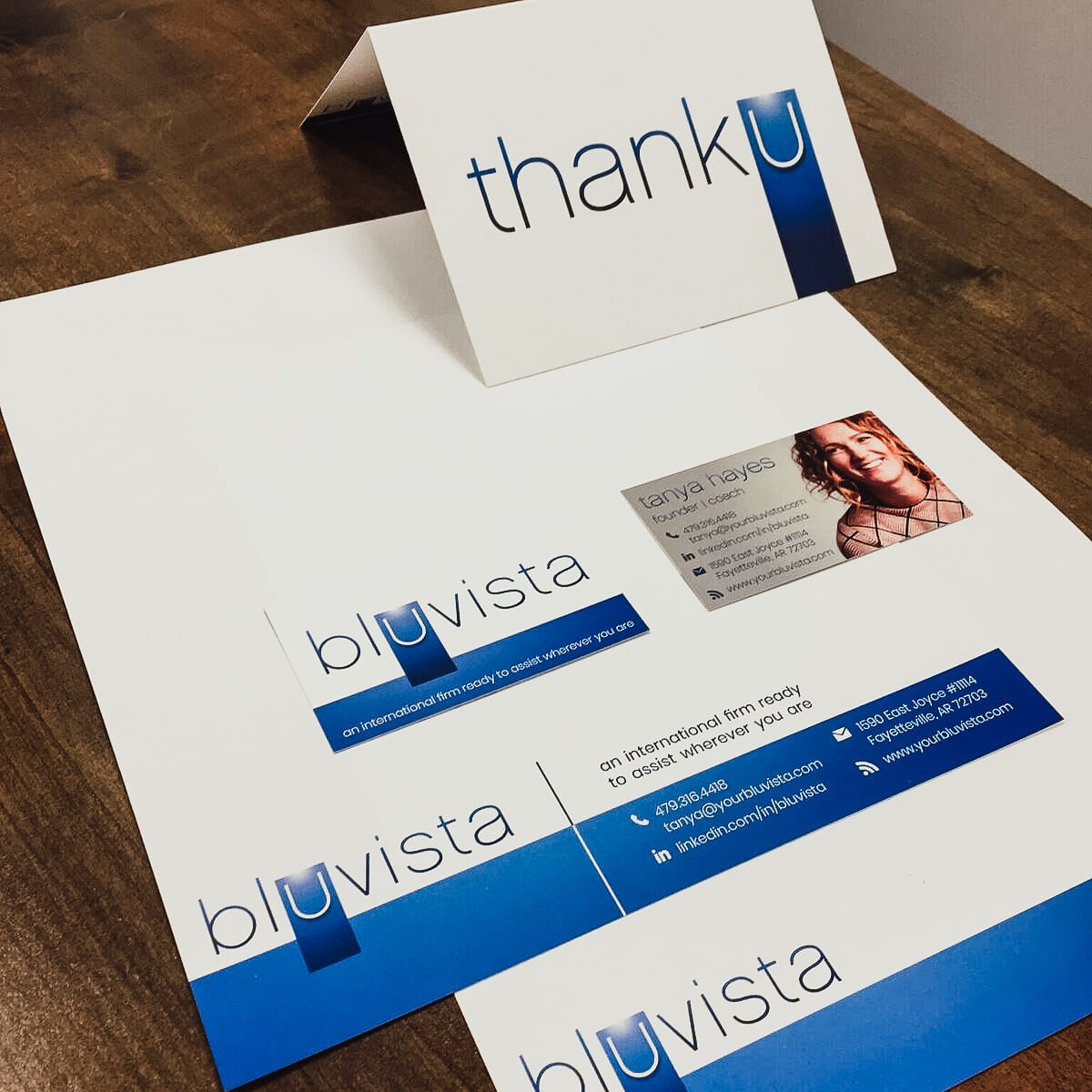Why Consistent Branding Matters

Why Consistent Branding Matters
Brand
‘Branding’ doesn’t mean just one graphic item, like a logo, and you’re done; branding means something much more complex. As Forbes.com explains, “in one sense, a brand is a promise… you know what you’re going to get with a well-branded product or service. In another sense, a brand is a combination of logo, words, type font, design, colors, personality, price, service, etc. But it’s also a bundle of attributes. (Think of Volvo, for instance, and your first thoughts are probably going to be something like ‘well built, comfortable, Swedish’ and, most of all, ‘safety.’)” A brand is the whole combination of the promise, look, personality and attributes of an organization or product.

Consistency
Consistency is one of the most important factors in branding. Your brand should be visually recognizable across all of the different platforms you use to communicate.
As electricputty.co.uk puts it, “People might not engage with your organization the first time they encounter you, so it’s important your brand is easy to recognize and consistent across all mediums. For example, a potential client might receive a direct mail campaign and then a month later access your Facebook page.”
In addition to simply appealing to your customers visually, there is a lot of research to show that being consistent with your branding across all platforms is key.
By maintaining the same branding across all your resources – both online and offline – your customers will be able to recognize you much faster and will, hopefully, start to show loyalty to your brand.
And according to digitalmarketingmagazine.co.uk, “it is vital that you marry consistency with an attractive design in order to fully reap the benefits. The more visually appealing, the more attention your branding will attract and therefore the more potential customers you’re likely to receive.”


The Halo Effect
This is called the ‘Halo Effect.’ There is a cognitive bias where an observer (potential client) will have an overall impression that’s based entirely on the character or properties of the thing which they are observing (your marketing).
“In layman’s terms that means that people can love, hate or feel indifferent towards your company based solely on their initial impressions from your branding. That’s an extremely powerful tool when used to your advantage, although it can be hazardous if it goes against you” (digitalmarketingmagazine.co.uk).
So you need to make sure that your branding is something that your potential clients react positively to.
As this is science, however, there is no need to guess at what your clients want to see: there are many studies that prove what colors work best, which fonts people pay most attention to, and what type of imagery works best in your industry.

Voice
And finally, your content needs to align with your brand’s voice and personality, so that your company presents a cohesive mission and theme.
According to conceptdrop.com, “the brand must imply a related look and feel, as well as carry a similar voice.” Voice means that any place the brand is displayed – presentations, websites, social media sites, press releases, etc – needs to convey the same ‘persona.’
For example, if you have a quirky brand with funky language, then use that voice and be consistent when presenting all your content. When the brand is consistent, consumers trust the product or service, recognize the company, and attach a certain meaning that will give your brand significance, adding to your ‘halo effect.’
All the industry leaders agree: consistency in branding across all forms of media and marketing is the key in today’s online world. Make the effort to create that branding and apply it consistently, and over time, your business will acquire that necessary ‘halo’ of trustworthiness and respect that will make more and more clients seek you out.?
Being consistent in your branding and creating that known persona is what will put you above your competitors, and a good design or marketing team can help you find an attractive design with a clear voice, so you can build your own ‘halo effect.’

Be Unique
Conversely, though, all the experts also urge you to be unique, so that your brand stands out. As forbes.com states, “If you’re going to develop your brand, the last thing you want to do is follow the beaten path. You want to head down your own road. Your brand has to plant itself in the hearts and minds (especially hearts) of prospects and customers.”
But how do you do that, while also following all the research on colors, fonts, and graphics – that is also available to your competitors?
Being consistent in your branding and creating that known persona is what will put you above your competitors, and a good design or marketing team can help you find an attractive design with a clear voice, so you can build your own ‘halo effect.’
Need Help?
If you would like Blue Zoo Creative to help you with branding, consistency and/or voice, please give us a call today or fill out our online contact form. We’ve done all the research for you, studied the reports, and have years of experience in creating effective branding that gets your business noticed, across all media, in the right way.
Branding Projects by Blue Zoo
Click any image for case study.





